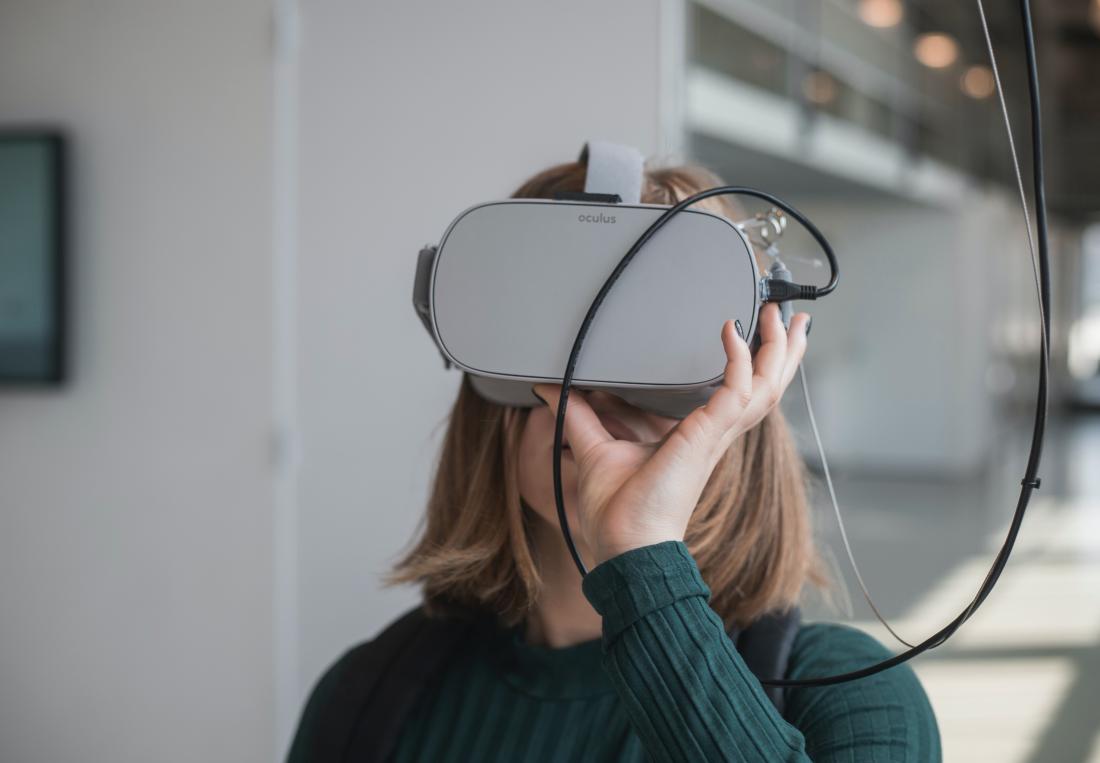The Seventh Book team of MED GAIMS is using gamification to jumpstart the engagement of museum visitors in Villanova - Spain

Motivation and engagement are currently some of the main concerns inside the education sector. This is also related to professional activities, which is where gamification comes from, and to the objectives of museums and other cultural activities that want to make more attractive offers for their potential visitors. With these activities, the cultural offer can be brought closer to families and young or middle-aged groups, who are familiar with playful proposals like video games, board games, role-playing games or card games. But actually, its potential can reach all audiences. The recreational experience can attract visitors, tourists who are looking for these experiences, thus complementing the seasonal tourism typical of the Costa Daurada.
These gamified activities, which represent a different of approach beyond virtualization, have been carried out in different museums such as Museu de les aigües AGBAR (Origen app), Museo Lázaro Galdiano (Enigma Madrid), or Museo Thyssen-Bornemisza (Nubla Project), although they are not yet widespread. The modern museum is one that is forever evolving, changing to meet new demands and unforeseen challenges to attract users and establish a lasting cultural consumption habit, integrating a new professional profile in these institutions.
In line with the use of mobile applications, on The Seventh Book app smartphones work as gamebooks linked with our environment, providing us a more vivid and enjoyable experience visiting Vilanova i la Geltrú (Barcelona). The ubiquity of these lightweight devices and the chance of using cameras together with augmented reality open up interesting new ways, as already demonstrated by video game for portable devices as Pokémon Go. In this way, technology and gamification come together to turn the place and explanations into an experience. For example, on The Seventh Book, players are discovering the history and places of Vilanova i la Geltrú inside a detective story, increasing fun and knowledge of them.
But it needs to be pointed out that it is not just the technology that is important, but what we do with it: the best technology without good design is unlikely to have a significant impact. In this sense implies a change of perspective where the visitor goes from being a passive subject to an active subject that interacts with the contents. Consequently, transforms the visit into an immersive playful experience, like the popular escape rooms. A key part of the gamification is precisely to incorporate the challenge, i.e. the fact of facing the unknown with one's own and collective competences to acquire new knowledge. This is undoubtedly a dare that the cultural sector must face.









